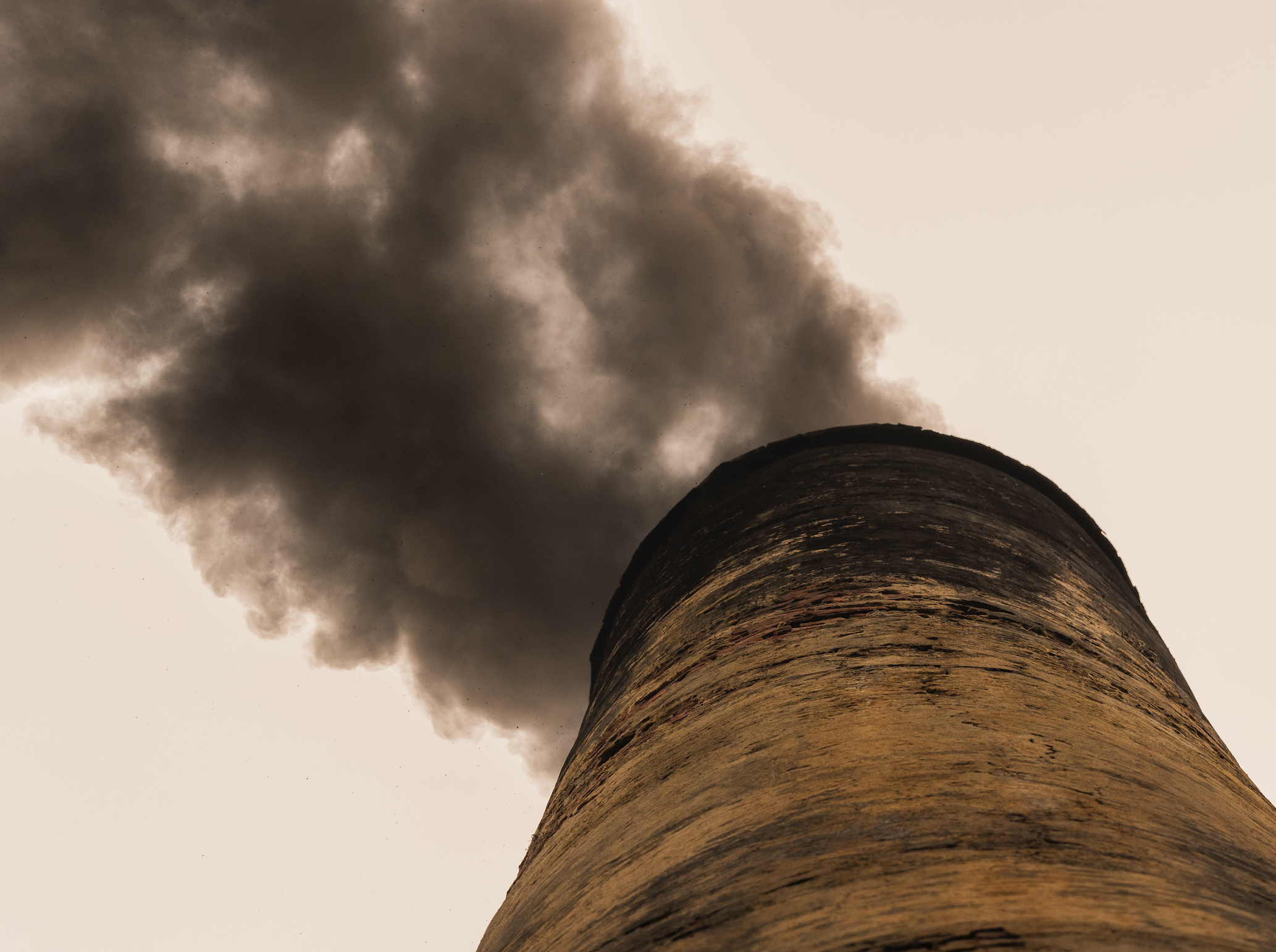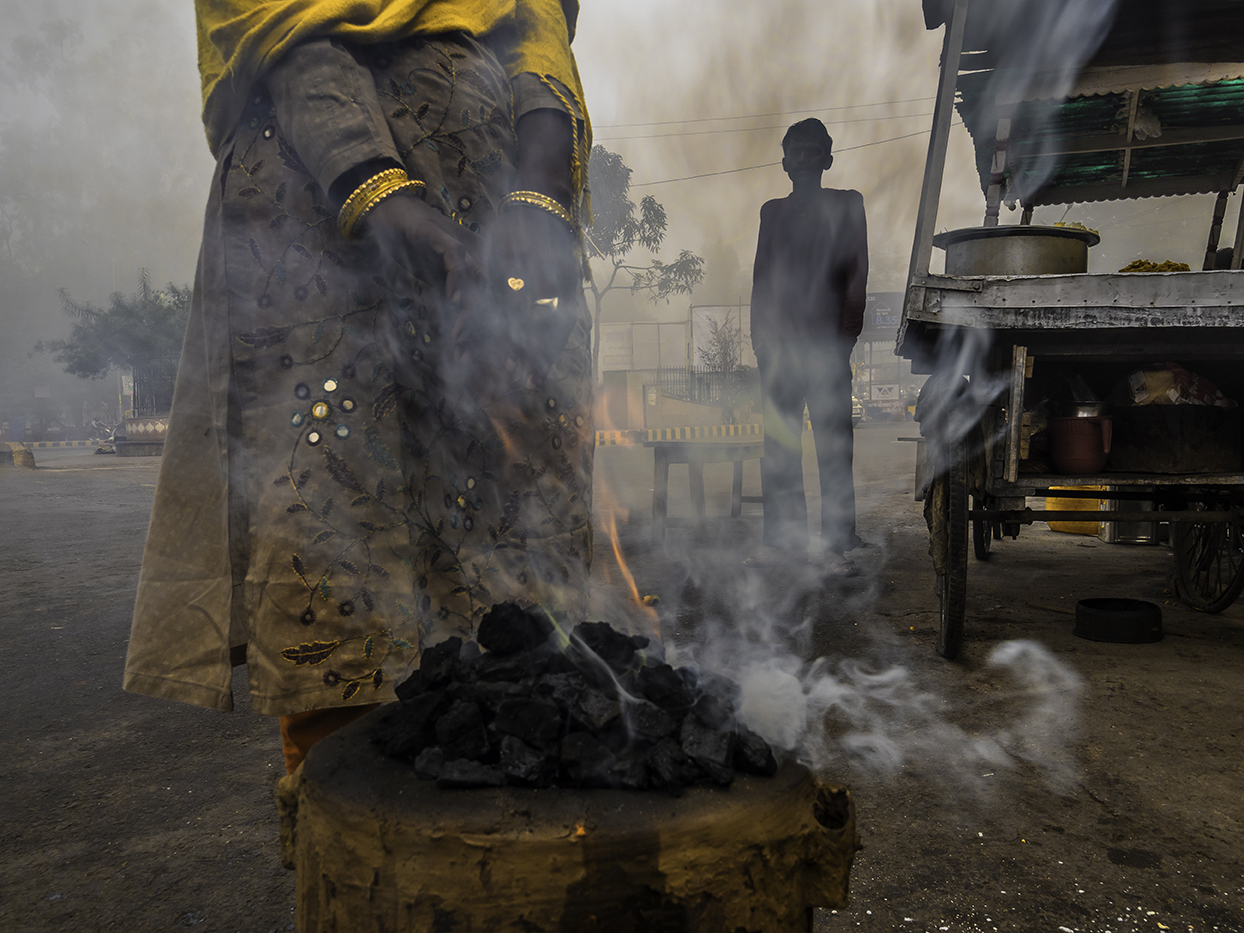
Emanating from smokestacks, vehicle engines, construction projects, and fires large and small, airborne pollution—sometimes smaller than the width of a human hair, and very often the product of human activity—is not just contributing to climate change. It is a leading driver of heart disease and stroke, lung cancer, and respiratory infections the world over. Exposure to such pollution, the most deadly of which scientists call PM2.5, is the sixth highest risk factor for death around the world, claiming more than 4 million lives annually, according to recent global morbidity data. Add in household pollutants from indoor cooking fires and other combustion sources, and the tally approaches 7 million lives lost each year.
Undark and the Pulitzer Center on Crisis Reporting visited seven countries on five continents, rich and poor, north and south, to examine the impacts of this sort of air pollution on the lives of everyday people, and to uncover what's being done—or not—to address this ambient and ultimately controllable killer. As it stands, developing nations bear the brunt of the problem, but particulate pollution doesn't discriminate, and the odds are high that wherever you live, you're breathing it in, too.
To see the project and the first segment on India, click here.









